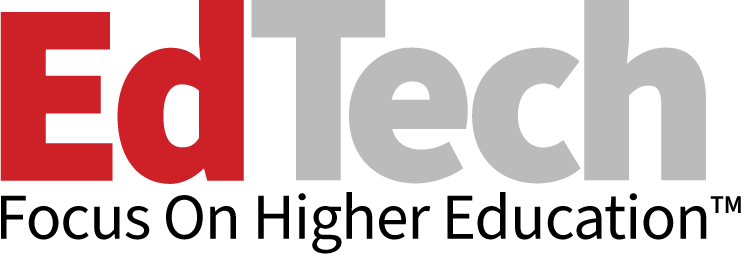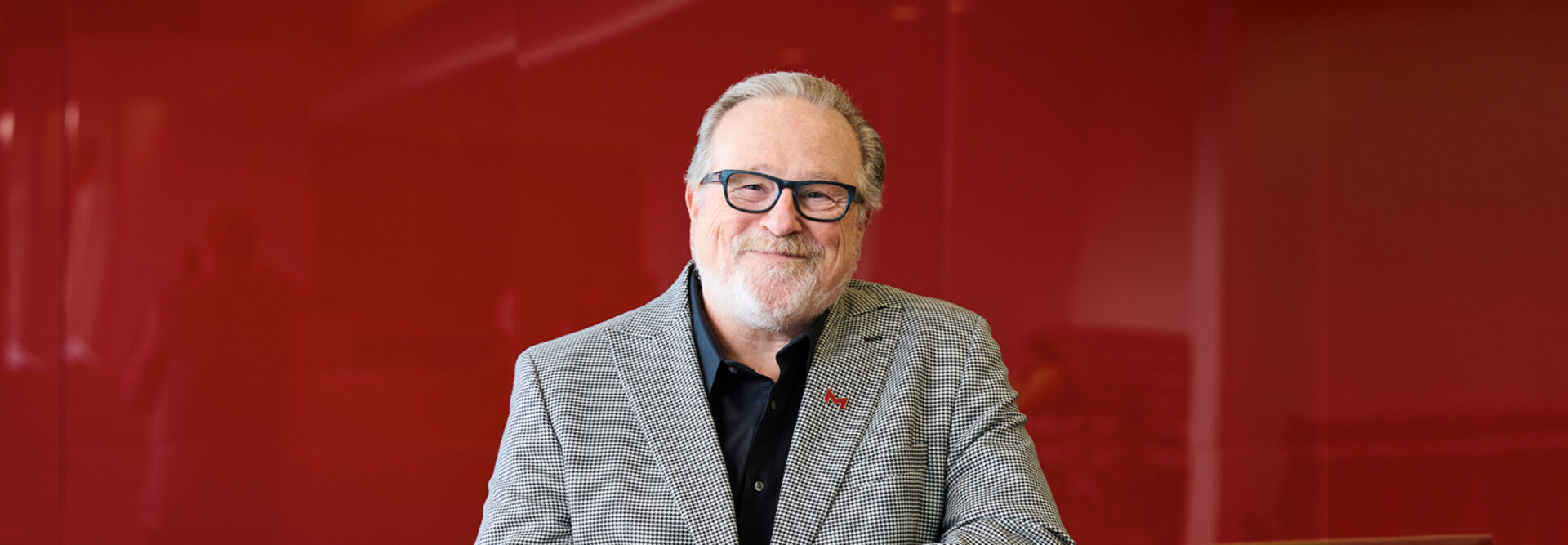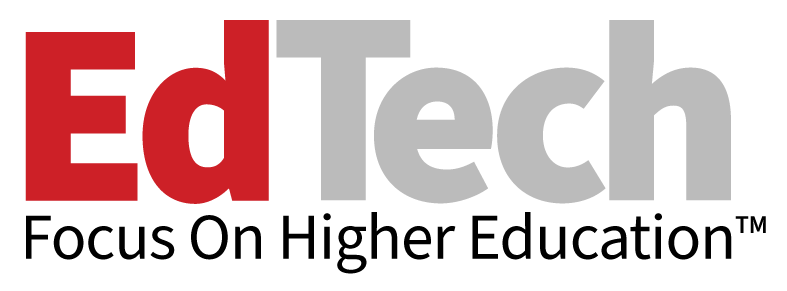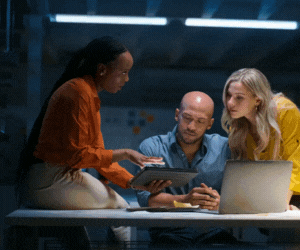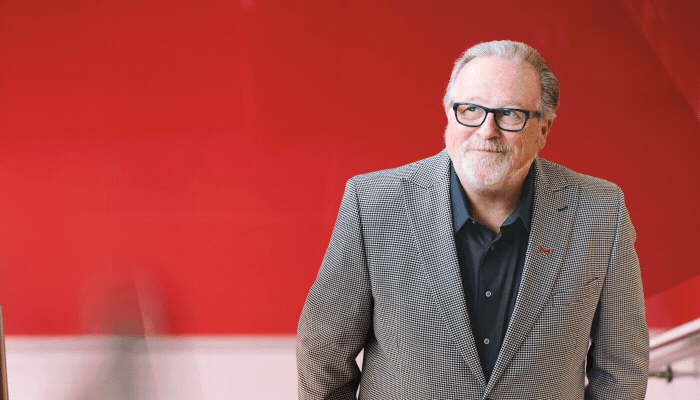EDTECH: What was happening in 2007 to bring about these digital transformation changes?
LOMBARDI: There was digital transformation happening in the culture, and I and the leadership at the time sat down and asked ourselves what it meant to be student-centered. Every school says they’re student-centered, but in reality, they’re faculty-centered. We asked, where are we digitally? Where are we in terms of technology? We decided that we needed to be where the students are in their lives, or else we would be chasing them forever. Most universities incrementally increase technology and make repairs. But at the time, I had somebody who oversaw a number of areas, including technology, and he walked into my office and said, “If you give me $4.5 million, I’ll take our network into the top 10% of wireless campuses in the U.S., and we’ll be ahead of the game.” We did it, and it was one of the smartest decisions we made because it catapulted us into this space where our connectivity was off the charts.
EDTECH: How long did it all take?
LOMBARDI: We started in 2008 and we were done right around 2010, which was interesting because that was a watershed year in the digital transformation space. The smartphone and the Apple iPad were introduced, and that dimension of mobile technology really took a quantum leap. It really took about two and a half years to layer everything in and, once we did it, things took off. Prospective students would come on campus, open their cellphones, and they could connect. They could download things quickly. You could have classes outside. The ripple effects were significant.
RELATED: What the frictionless student experience looks like in higher education.
On that foundation, we were able to support the iPad, and offer new learning apps and digital course materials. We made the entire campus a learning space, and it changed the face of our recruitment. Our students tell us all the time just what a difference the digital experience here is compared with other schools they visit or attend. It continues to pay dividends. We had about 1,400 traditional students then, and the rest were what we used to call “weekend and evening,” not online. Now we have more than 9,000 students: more than 3,000 on our traditional, residential campus and more than 6,000 in the online space — graduate and undergraduate. Our retention stands at about 86%, and our graduation rates went up, so the numbers validated our approach.
EDTECH: What was the faculty response to these initiatives?
LOMBARDI: Most universities really worship at the altar of seniority. The power among the faculty is with tenured or senior faculty. What we knew, though, at the time, was that if we mobilized all of the younger faculty who were already in that space, using iPad devices and other technology, they would lead the charge.
We brought them forward and said, “You all are going to lead a pedagogical revolution on this campus, and we’re going to give you all the resources you need to do it.” And they did it. It became a peer-to-peer learning exchange. It was very nonthreatening and collaborative, and they did a fantastic job. One of the ways we facilitated that was to put iPad devices in the hands of every faculty member and student, loaded with learning apps. Now we’ve got close to 300 free learning apps that students or faculty members can download easily.
Anytime I’m speaking around the country, I tell other presidents, chief academic officers and deans, “There are people out there already doing this on your campuses. Find them. Raise them up and empower them.”

